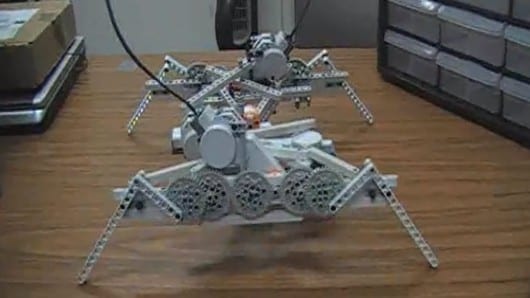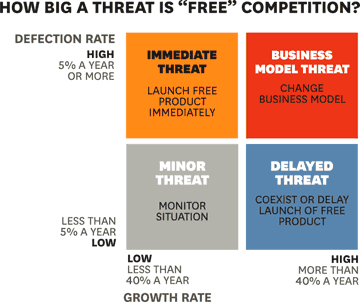Everyone knows that, unless you’re extraordinarily gifted, you need to crawl before you can walk.
Turns out the same principle could also apply to robots. In a first-of-its-kind experiment conducted by University of Vermont (UVM) roboticist Josh Bongard, both simulated and physical robots were created that, like tadpoles becoming frogs, change their body forms while learning how to walk. He found that these evolving robots were able to learn more rapidly than ones with fixed body forms and that, in their final form, the changing robots had developed a more robust gait.
So far, engineers have been largely unsuccessful at creating robots that can continually perform simple, yet adaptable, behaviors in unstructured environments. This is why Bongard and other robotics experts have turned to computer programs to design robots and develop their behaviors, instead of trying to program the robots’ behavior directly.
Using a sophisticated computer simulation, Bongard unleashed a series of synthetic beasts that move about in a 3-dimensional space. Generations of the creatures then run a software routine called a genetic algorithm that experiments with various motions until it develops a slither, shuffle, or walking gait – depending on its body plan – that allows it to reach a light source without tipping over.
“The robots have 12 moving parts,” Bongard says. “They look like the simplified skeleton of a mammal: it’s got a jointed spine and then you have four sticks – the legs – sticking out.”
Some of the creatures begin flat to the ground, like tadpoles or snakes with legs; others have splayed legs, a bit like a lizard; and others ran the full set of simulations with upright legs, like mammals. Bongard found that the generations of robots that progressed from slithering to wide legs and, finally, to upright legs, ultimately performed better and discovered the desired behavior faster than robots that started out in the upright position.










